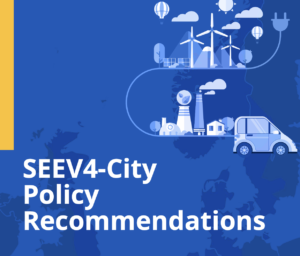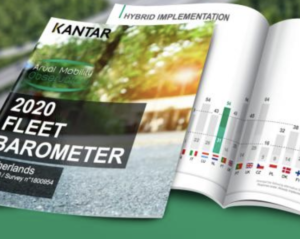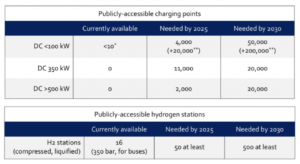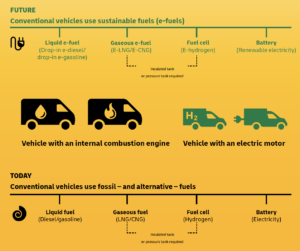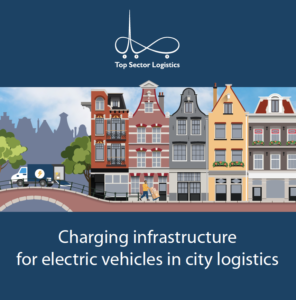EVs will be cheaper to produce than petrol cars in all segments by 2027
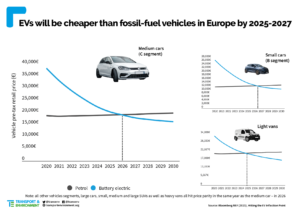
Electric cars and vans will be cheaper to make than fossil-fuel vehicles in every light vehicle segment across Europe from 2027 at the latest, according to a new BloombergNEF study commissioned by Transport & Environment (T&E). The research found that battery electric vehicles could reach 100% of new sales across the EU by 2035 if lawmakers introduce …

